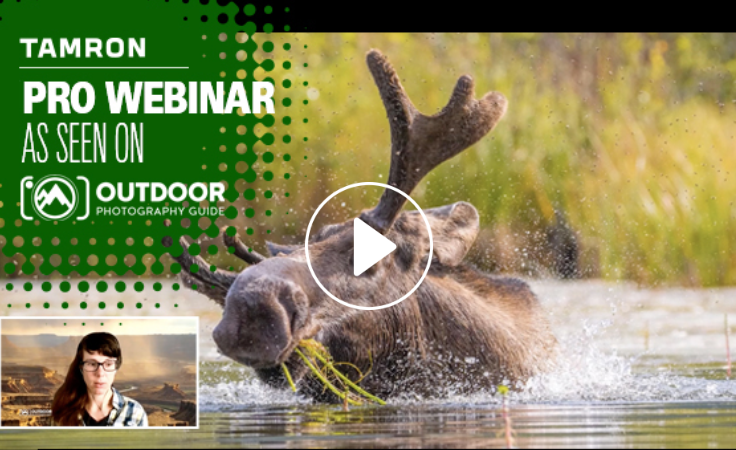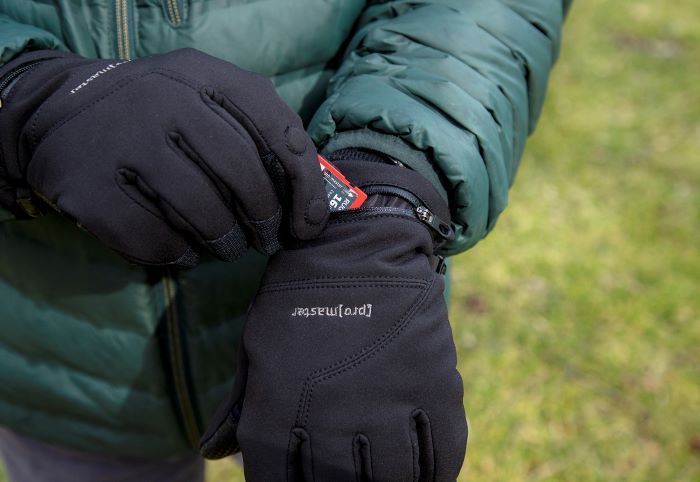Is it safe to use my camera in the cold?
As I was getting ready to go out shooting one-day last week, I looked out the window and it was nice and bright and sunny. I loaded my equipment in my car which was sitting in my garage. I drove to the location I had planned for my little outing.
As I began setting up my tripod the wind started to blow. The sun was still bright and the sky was clear. The trees were shading the sun but not blocking the wind. I felt a little numbness in my feet. My teeth started to chatter. I thought, was I having a stroke? My fingers were starting to get numb and my hands were shaking. I am freezing! Then I figured out it is really cold out here! I am kind of clever that way.
I was not prepared for how cold it was. I didn’t check the temperature, I just thought it was so nice and sunny. And it didn’t seem cold at all when I was loading my car in the attached garage. All I had was a light jacket. A few days before I had to move a lot of equipment so I took everything out of my car including this box that I keep in there that has a winter hat, gloves even some hand warmers.
I just decided to tough it out and shoot in the cold. I have lived in Wisconsin all of my life so I have endured some seriously cold weather. Over the years I have wondered why my grandparents moved to Wisconsin in the first place. My dad’s side of the family was from Czechoslovakia and I guess they have about the same weather there. On my mom’s side of the family, they were Danish and Norwegian. Ah, Norwegian! Norway has a lot of areas that are tundra and from November to January the sun never rises above the horizon. I suppose Wisconsin seemed almost tropical coming from that.
I suppose your idea of cold all depends on where you came from. Years ago I bought this Meade Telescope and it was one of the first ones that had computer-controlled guidance. I was setting it up in the winter and I started to wonder if it was OK to have this instrument out in the cold weather. So I called the company and asked about it. They tell me that cold weather shouldn't be a problem. They use them in the cold all the time when they are testing them and using them at the factory. OK, I said I am just wondering because it was pretty cold last night. Then the guy at Meade asked how cold it was and I told him it was 2 above. Two above what, he asked? Zero, I told him. 2 Above zero, where are you? Wisconsin I told him. Then I asked where he was located? Costa Mesa, California he replies. Now, Costa Mesa never gets any colder than about 40 degrees. In Costa Mesa when it is 40 degrees these guys are wearing long underwear. In Wisconsin, when it is 40 degrees, the UPS guy is in shorts and sweating bullets.
So I suppose this is as good a time as any to get the subject of this post which is.
Is it safe to use my camera in the cold?
The answer for the most part is yes. That being said, the next question is how cold, and for how long?
The problems encountered when using cameras in the cold are condensation and battery life.
Condensation can form in and on the camera and the front of the lens. So when you are out in the cold you have to watch the front of the lens and make sure that it stays clear of condensation or frost. When I had my telescope out in the winter I would use a hair drier to keep it clear Later I got a heater that wrapped around the hood and that would keep the front element clear. You can buy similar battery-operated heaters that attach to your lens hood. You can also use some of those hand warmers that you put inside your gloves. Just use some double-sided tape or Velcro tape to hold them in place. Just make sure to attach them to the outside of the hood so they don’t interfere with the light coming in.
The next problem is battery power. Everyone knows that batteries do not like cold weather. When your car will not turn over, it is usually on the coldest day. This is not because some guy named Murphy thinks it's hilarious for you to be standing out in the cold. It is because the extreme cold is very hard on batteries. For some cameras, you can get a battery pack the plugs into your camera and has a cord the feeds to a battery that you have inside your coat. The battery stays warm and so the camera keeps working.
Another option is to simply carry spare batteries inside your coat. This is my method and it works as long as I wear a warm enough coat! When the battery in my camera starts going dead I switch it out with one of the warm ones. Once the battery has warmed up inside my coat it may come back to life and I may be able to put it back in the camera and get some more shots out of it. Buy a spare battery here.
But I make sure I have plenty of spare batteries so I can keep shooting and not miss those great shots.
I have 3 spare batteries but the number of batteries you are going to carry is up to you. I carry more batteries than I have ever gone through on a shoot. But after all, that is how I planned it!
The other things we need to do are make sure we have spare batteries for any remote controls, flashes, and flashlights that we take on our cold weather expeditions. Hand warmers and gloves. I have a couple of pairs of Promaster gloves that we sell in the store and I always leave one pair in my car just in case. It is too easy to think I have everything only to arrive on location and realize I forgot my gloves. Another thing about the extra gloves is if I am shooting with someone else and they forgot their gloves. Then I get to be the good guy and save the day!
As the days get colder and the nights get longer we have to be prepared if we want to stay out and shoot. Winter provides events like skiing, ice skating, sledding, and don’t forget those clear starry nights.
So many fun events to shoot, as long as you are properly prepared for it.
Even being the guy that wrote the article I know it is inevitable. I will be out one cold night and I will have forgotten something. And I will be standing in the cold muttering to myself. Whatever possessed grandma and grandpa to decide to settle in Wisconsin?
Recent POsts












